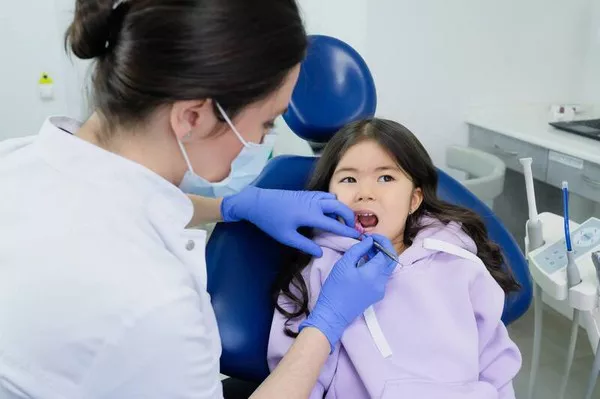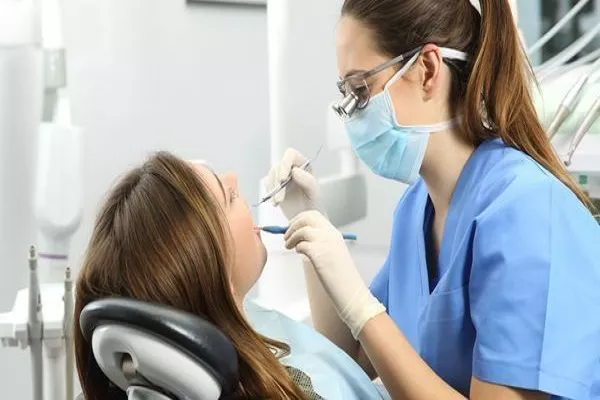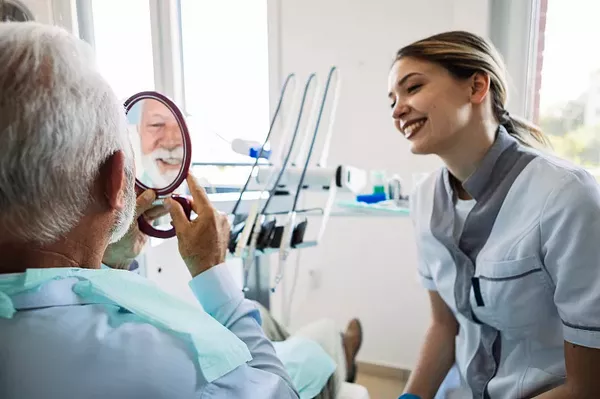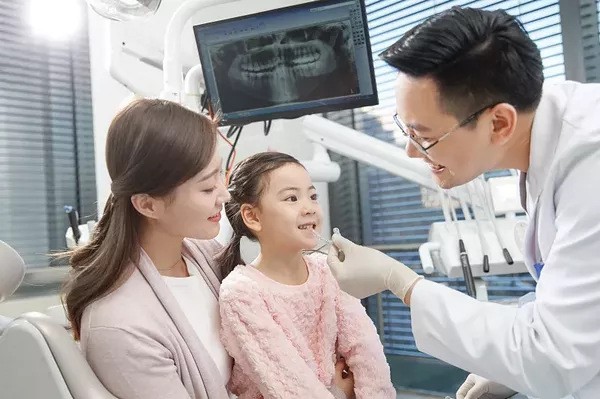Orthodontic treatments are not solely about achieving a straighter smile; they can also impact the overall facial appearance. Overbites, a common orthodontic issue, can influence the way your face looks and functions. Many people wonder whether correcting an overbite can lead to changes in face shape. In this article, we will explore the relationship between overbites and facial appearance, the potential effects of overbite correction, and what you can expect from orthodontic treatment.
Understanding Overbites
An overbite, also known as a malocclusion, occurs when the upper front teeth extend further forward than the lower front teeth when the jaws are closed. Overbites can vary in severity and are categorized into two main types:
Horizontal Overbite: In a horizontal overbite, the upper front teeth protrude excessively in a horizontal direction, creating a noticeable gap between the upper and lower teeth when the mouth is closed.
Vertical Overbite: In a vertical overbite, the upper front teeth overlap the lower front teeth more than they should in a vertical direction, resulting in a deep bite where the upper teeth cover a significant portion of the lower teeth.
Overbites and Facial Appearance
The relationship between overbites and facial appearance is complex and can vary from person to person. Here are some common ways in which overbites can influence facial aesthetics:
Chin Position: In cases of severe horizontal overbites, the lower jaw may appear relatively retruded, giving the appearance of a receding or smaller chin.
Lip Appearance: Overbites can affect the position and appearance of the lips. A horizontal overbite may cause the upper lip to appear more prominent, while a vertical overbite can lead to the lower lip being less visible.
Nasal Profile: The position of the upper teeth can influence the shape and profile of the nose, particularly in individuals with significant overbites.
Facial Symmetry: Severe overbites can sometimes result in facial asymmetry, where one side of the face appears more prominent than the other.
Jaw Muscle Development: Overbites can impact the development and function of jaw muscles, potentially affecting facial muscle tone.
Effects of Overbite Correction
Correcting an overbite through orthodontic treatment can have several effects on facial appearance:
Improved Chin Projection: Horizontal overbite correction may result in improved chin projection, creating a more balanced and harmonious facial profile.
Lip Position: As the overbite is corrected, the lips may settle into a more natural and aesthetically pleasing position.
Enhanced Nasal Profile: Changes in the position of the upper teeth can lead to subtle improvements in the nasal profile.
Facial Symmetry: Overbite correction can help restore facial symmetry, reducing any asymmetrical features caused by the malocclusion.
Muscle Development: Proper alignment of the jaw can contribute to healthier jaw muscle development, potentially improving facial muscle tone.
Expectations and Considerations
It’s important to have realistic expectations when seeking overbite correction. The primary goal of orthodontic treatment is to improve oral function, bite alignment, and overall oral health. While improvements in facial appearance can be a natural outcome of such treatment, they should not be the sole focus.
Furthermore, the extent of facial changes resulting from overbite correction may vary depending on the severity of the overbite, individual factors, and the chosen treatment approach (e.g., braces, clear aligners, orthognathic surgery).
Conclusion
Correcting an overbite can indeed influence facial appearance, but the specific changes and their extent depend on various factors. Orthodontic treatment aims to improve both oral function and aesthetics, and any resulting facial changes should complement these goals. If you have concerns about your overbite or its potential impact on your facial appearance, it’s advisable to consult with an experienced orthodontist. They can assess your unique case, discuss treatment options, and help you achieve a healthier smile and a more harmonious facial profile.
Related Topics:































